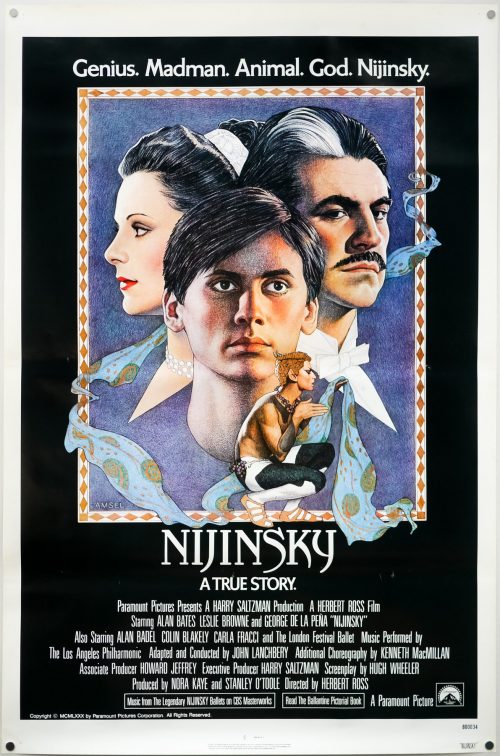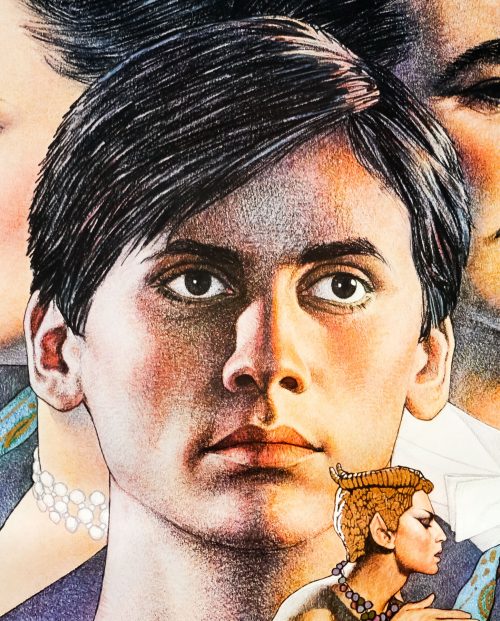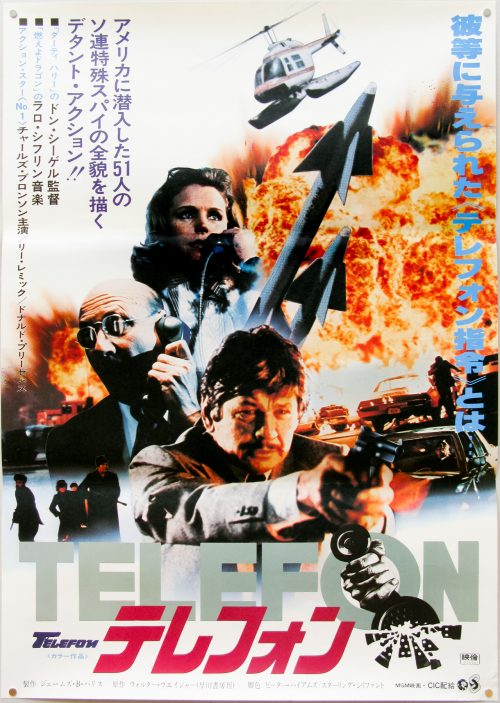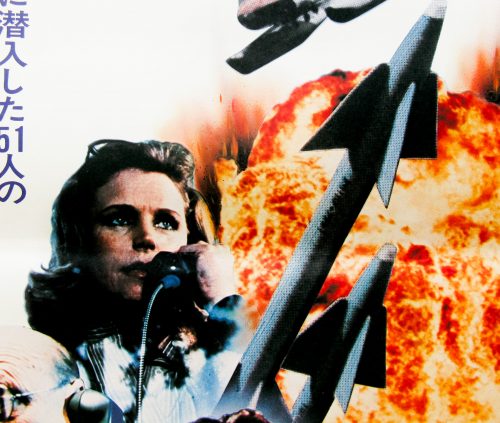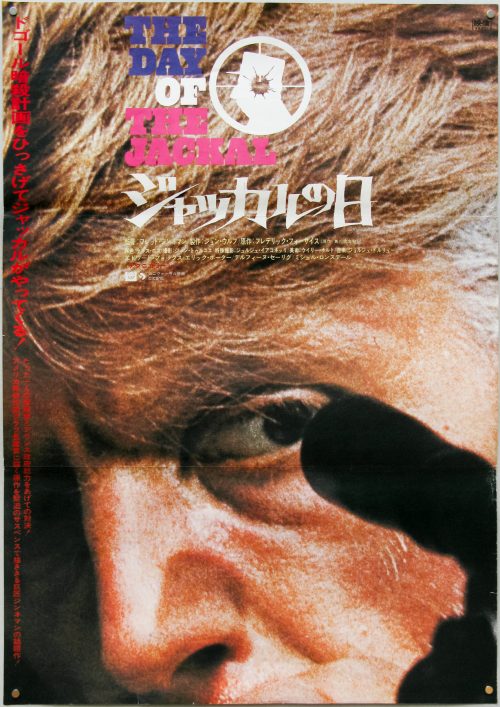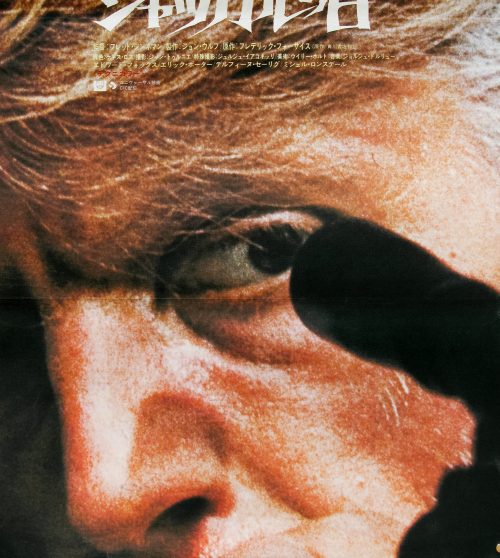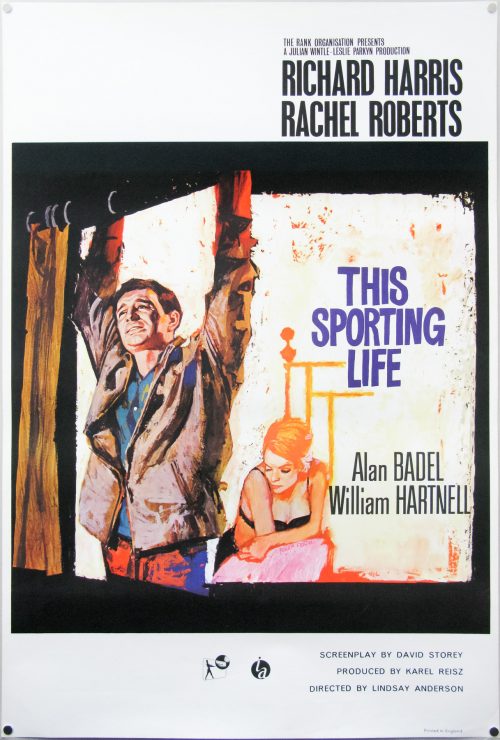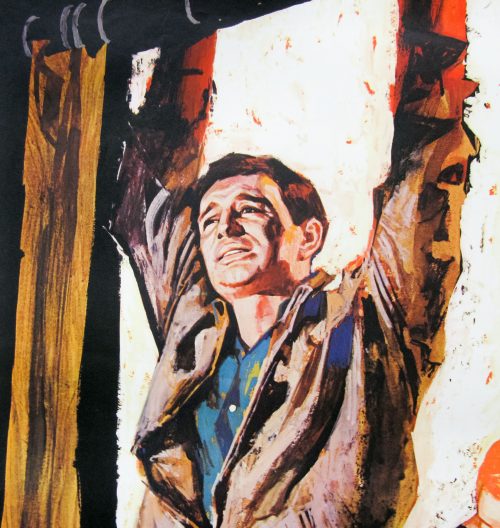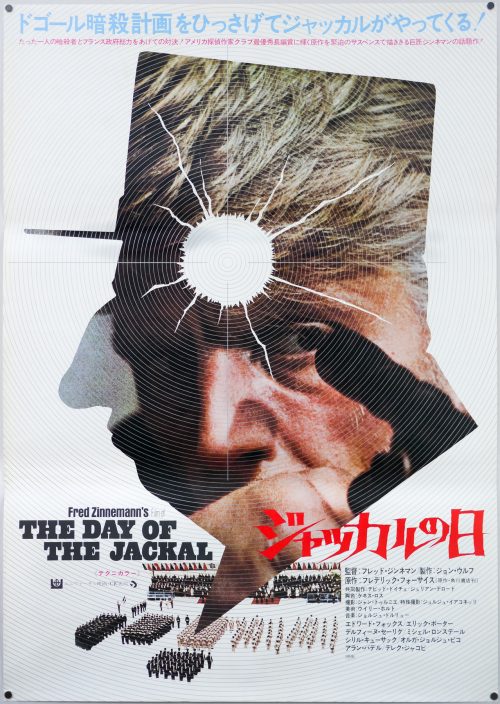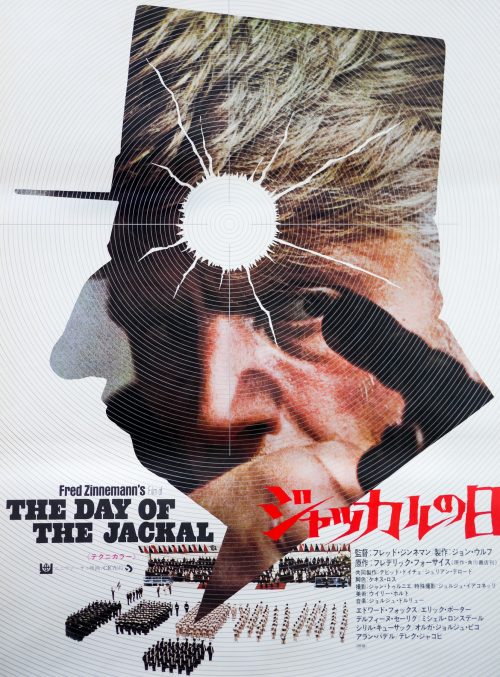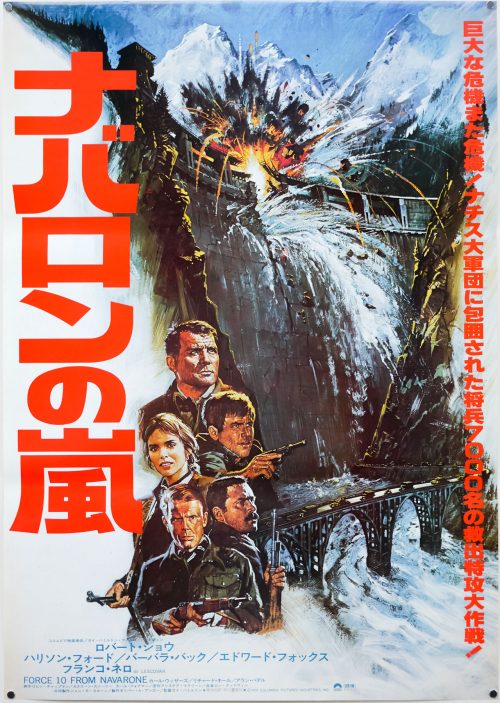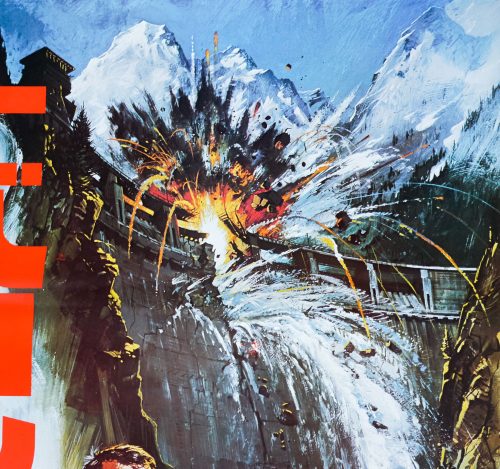- Title
- Nijinsky
- AKA
- --
- Year of Film
- 1980
- Director
- Herbert Ross
- Starring
- Alan Bates, George De La Pena, Leslie Browne, Alan Badel, Carla Fracci, Colin Blakely, Ronald Pickup, Ronald Lacey, Vernon Dobtcheff, Jeremy Irons
- Origin of Film
- USA
- Genre(s) of Film
- Alan Bates, George De La Pena, Leslie Browne, Alan Badel, Carla Fracci, Colin Blakely, Ronald Pickup, Ronald Lacey, Vernon Dobtcheff, Jeremy Irons,
- Type of Poster
- One sheet
- Style of Poster
- --
- Origin of Poster
- USA
- Year of Poster
- 1980
- Designer
- Unknown
- Artist
- Richard Amsel
- Size (inches)
- 27 2/16" x 41"
- SS or DS
- SS
- NSS #
- 800034
- Tagline
- Genius. Madman. Animal. God. Nijinsky. | A True Story.
Richard Amsel artwork features on this one sheet for the release of the biographical drama Nijinsky. The film tells the story of the celebrated Russian ballet dancer and choreographer Vaslav Nijinsky who was born in 1889 in what is now Kiev, Ukraine and died in 1950 in London, England. Often cited as the greatest dancer of the 20th Century he was celebrated for his virtuosity, his ability to dance en pointe and his gravity defying leaps. The film was based on the dancer’s personal diaries and the 1934 biography that was written by his wife Romola de Pulszky. It was directed by the late Herbert Ross, a sometime actor, choreographer, producer and director who is perhaps best known for Footloose (1984).
The plot is described thusly on IMDb:
Set in the early 1910s at a time of passionate artistic experimentalism, and based on biographical fact, this is the story of Vaslav Nijinsky, the young and brilliant but headstrong premier danseur and aspiring choreographer of the Ballets Russes. The company is managed by the famous Sergei Diaghilev, himself a controlling and fiercely possessive impresario. The increasing tension between these powerful egos, exacerbated by homosexual desire and jealousy, becomes triangular when the young ballerina Romola de Pulsky determinedly attempts to draw the increasingly mentally unstable Nijinsky away from Diaghilev.
Richard Amsel was born in Philadelphia in 1947 and studied at the city’s College of Art. Whilst there he entered and won a nationwide artist competition to paint the poster for the film ‘Hello Dolly!’. Amsel was just 22 at the time and this win helped him quickly establish a career in New York where he worked on album covers (including one for Barry Manilow) as well as magazine covers and editorial art. In addition, he worked on posters some of the most important films of the 1970s, including Chinatown, Nashville and The Sting. During the 1970s he also worked on a series of covers for the American magazine TV Guide, which are still celebrated to this day.
In the 1980s Amsel worked on what is my favourite Indiana Jones poster, the Raiders of the Lost Ark 1982 re-release one sheet. He had also painted the original release version, featuring a much more serious looking Indy. The artist’s final film poster was the one sheet for Mad Max Beyond Thunderdome in 1985. Amsel sadly died of AIDS-related complications that same year. He leaves behind a great legacy of unforgettable artwork, some of which I already have in the Film on Paper collection and which can be seen here.
